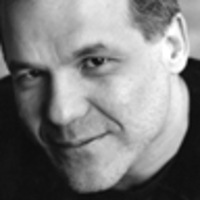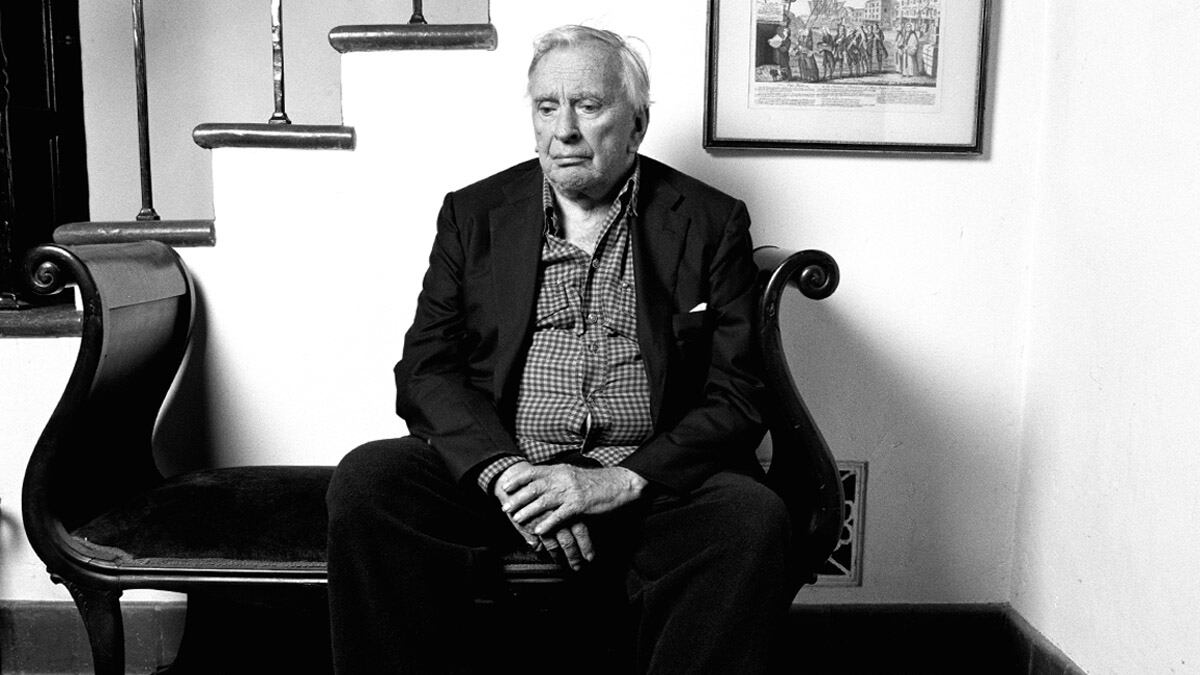I first discovered Gore Vidal as a 14-year-old in my grandparents’ Kingsbridge, Bronx apartment, in the form of Myra Breckinridge. From transexuality I didn’t know, as my Russian-Jewish grandparents would have put it, but I was drawn to the slightly clad woman on the front cover of their slightly creased paperback edition. I read the novel furtively, in a fever of expectation, and I don’t think I ever realized that Myra was actually Myron. Heaven knows what my immigrant grandparents made of the book, if they read it at all.

Vidal himself I first met at a party in LA. Another writer introduced us, and the seasoned provocateur threw his arms around me, exclaiming “the great Lee Siegel!” It was only later that I realized he had no idea who I was. Once again, I had, in a manner of speaking, mistaken Myron for Myra.
Much is being made in the wake of Vidal’s death, at the age of 86, of his coldness, his unflinching disdain for sexual, social, and political convention. He did indeed have a thoroughly pagan, materialistic, unforgiving eye. There was not a hint of transcendence in him. But at the heart of Vidal’s iciness lay a fertile confusion about who he really was, sexually, socially, politically.
He was drawn mostly to men, but sometimes to women: I would have loved to be a centipede on one of the bedroom walls of the house he once shared with Paul Newman—reputed to have been bisexual himself—and Joanne Woodward, allegedly Vidal’s erstwhile lover. He liked to pose as a radical Democrat, but volubly relished his membership in the American aristocracy through his grandfather, a U.S. senator, and his stepfather, who was also the stepfather of Jackie Onassis. And his politics, outraged at American imperialism and abuses of power, occasionally tipped over into xenophobia and even racism in his tirades against what used to be called “the yellow peril.”
Out of this confusion, which really was the result of a vulnerability to all types of experience and of a profound susceptibility to other people, Vidal constructed the unsparing Olympian casting his cold, withering, caustic eye on life, on death.
His persona had a fascinating effect, most of all, on the Jewish intellectuals who dominated the literary world he inhabited. Some of them were drawn precisely to Vidal’s anti-Jewish qualities: the WASPish hauteur, the seeming utter lack of sentimentality, the pedigree that provided his ego with that “characterological armor” Jewish intellectuals once flocked to the psychologist Wilhelm Reich to try to acquire. Another, opposite, group of Jewish literati enjoyed striking Olympian poses themselves as they exposed what was often the parochial quaintness of Vidal’s social and political attitudes. And it was true that Vidal’s isolationism mixed poorly with his cosmopolitanism, the result often being an imperious anti-imperialism that verged on self-parody.
Both groups were right in the particulars, but they were wrong about the fundamentals. The cold patrician’s companion of 53 years was Howard Austen, a Jewish former advertising executive from, not Beacon Hill or Park Avenue, but the Bronx—in this Vidal resembled W.H. Auden, whose longtime companion was also his opposite number, a Jewish librettist from Brooklyn named Chester Kallman. Vidal himself wrote a film adaptation of Paddy Chayefsky’s teleplay about working-class life in the Bronx—recently revived as a musical play—called The Catered Affair that was strikingly empathetic and true to its characters’ lives and milieu. The patrician-seeking Jews didn’t grasp how tedious Vidal’s own background could be to him.
And the Vidal who loved to broadcast his contempt for and disgust with vulgar, commercial America adored American popular culture and had an uncanny grasp of it. The central insight of Myra Breckinridge, which is that the heterosexual romanticism of the American dream was invented mostly by gay writers, is the key to America’s beautiful, hybrid, miscegenating heart. The Olympian Jewish intellectuals who upbraided Vidal for his anti-American hauteur chose to ignore how much this successful TV and film writer loved the American madness. In plays such as The Best Man and Visit to a Small Planet, he both plumbed its depths and added another dimension to it.
Like Oscar Wilde, his true ancestor, Vidal fashioned an artist’s open, searching nature into an invincible persona; in Vidal’s case, a persona braced with iron-clad ideological certainties that were really less a matter of politics, as his detractors saw them, than a catlike style of self-protection and self-promotion. Vidal was perhaps the last great prose stylist in America. His essays, especially those he wrote for the New York Review of Books are, as he would have said, immortal.
The last time I saw Vidal was at yet another party in L.A. He was frail, and was sitting in a chair holding a cane with regal detachment. I reintroduced myself and we chatted for a while. I told him how much I adored Palimpsest, the first volume of his autobiography, and how I particularly admired the way he used the song “Don’t Get Around Much Anymore” as a recurrent theme, to express his heartbreak after his lover, Jimmie Trimble, was killed on Okinawa during the Second World War. Vidal smiled and began to croon the song softly into my ear. I smiled back and the old goat and I stared into each other’s eyes. Then I called over the woman I was with and introduced her to Vidal. He acknowledged her curtly and coldly turned away from me. I cherish the memory.




